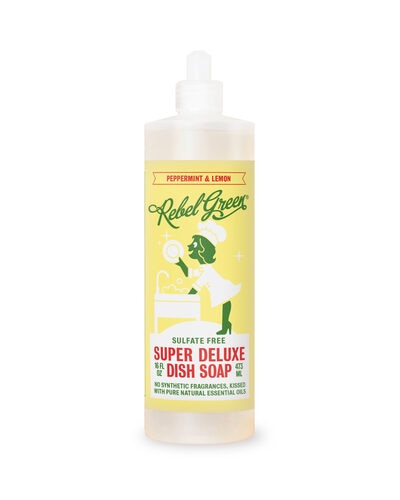Oddly enough, breakfast cereal, backyard birds, pasta salad and pet guinea pigs have something potentially dangerous in common. All four have been linked to salmonella, which the Mayo Clinic defines as a group of bacteria that’s one of the most common causes of food poisoning in the U.S.
Barely a day passes without a public health alert being issued about a salmonella outbreak connected to restaurant food and grocery items. And there’s good reason to pay attention to these alerts: The U.S. Centers for Disease Control and Prevention (CDC) estimates salmonella triggers about 1.2 million illnesses, 23,000 hospitalizations and 450 deaths every year in this country. Food is blamed for about 1 million of these cases.
Given how much we hear about salmonella, we figure you’d benefit from these 12 facts and figures about it, courtesy of the Mayo Clinic, the CDC, the U.S. Department of Health and Human Services, the New York State Department of Health and the Illinois Department of Public Health.
1. How is salmonella spread?
Person-to-person transmission of salmonella happens when an infected person’s feces contaminates food while it’s being prepared or the feces come into direct contact with another person. Animal-to-person transmission also can occur.
2. What are some of the common food sources of salmonella?
Contaminated eggs, poultry, meat, unpasteurized milk or juice, cheese, contaminated raw fruits and vegetables (like alfalfa sprouts and melons), spices and nuts.
3. What are some of the common animal-related sources of salmonella?
Reptiles (snakes, turtles, lizards), amphibians (frogs), birds (baby chicks), and pet food and treats.
4. What are the symptoms of salmonella infection?
Most people infected with salmonella develop diarrhea, fever and abdominal cramps 12 to 72 hours after they’re infected.
5. Who’s especially susceptible to salmonella infection?
Older adults, infants and people with chronic diseases such as cancer and HIV/AIDS.
6. How long does the illness typically last?
Four to seven days.
7. What should someone do to recover from salmonella infection?
Drink lots of fluids and get lots of rest.
8. Is medical treatment required?
Most people bounce back from salmonella infection without medical treatment. However, if you can’t drink enough fluids to hold off dehydration or if your symptoms get worse, you should seek medical attention.
9. When is it OK to go back to work after salmonella infection?
After someone’s diarrhea has stopped.
10. When can salmonella infection lead to death?
When it moves from the intestines to the blood stream and isn’t treated with antibiotics.
11. How do you detect salmonella contamination?
Salmonella-contaminated foods usually look and smell normal, so you likely won’t notice anything out of the ordinary.
12. How do you prevent salmonella infections?
Simply put, cooking and pasteurization kill salmonella.
“The best way to minimize the chance of salmonella outbreaks is to ensure that food from animal origins, such as eggs, meat or chicken, is properly cooked,” says Caleb Backe, a health and wellness expert at Maple Holistics. “If you are at a restaurant and the food you are served is undercooked, it is perfectly acceptable to ask the waiter to send it back to the kitchen to be cooked longer.”
Other salmonella prevention tips:
- Avoid eating foods that put you at high risk for salmonella infection, such as raw eggs, undercooked chicken and unpasteurized milk.
- Keep food refrigerated at the proper temperature before it’s cooked.
- Wash your hands with soap and warm water before handling food.
- Clean surfaces, such as kitchen countertops, before fixing food on them.
- Make sure cooked foods are kept separate from ready-to-eat foods.
- Don’t use utensils on cooked foods that were already used on raw foods.
- Don’t put cooked foods on plates that had raw foods on them unless those plates have been cleaned well.
- Cook foods to the suggested internal temperature.
- Wash your hands after you’ve had contact with animals, their food or treats or their habitats.
“There is no reason to be overly fearful of salmonella if you are taking reasonable precautions to avoid salmonella outbreaks,” Backe says.




